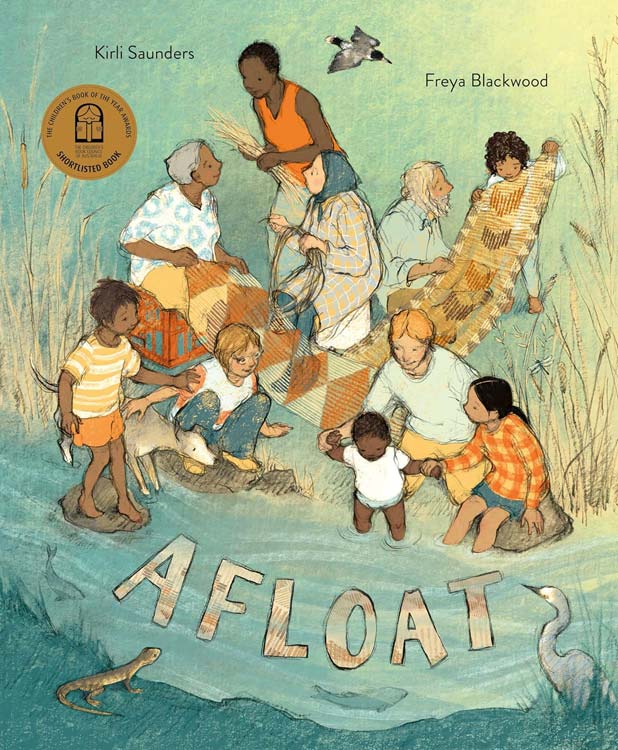$5 Off First Order + 5% Off After
Become a free registered member and get access to exclusive discounts, resources, and a community of like-minded educators.
Not sure yet? See what you’ll get: Member benefits
AC9TDE2K03
》Design and Technologies – Year 1, Year 2
Explore how plants and animals are grown for food, clothing and shelter
Elaborations
• exploring how First Nations Australians grow plants and animals for food, for example how land is transformed through the construction of terraces at Wagadagam on Mabuiag Island in the Torres Strait, or how the Kombumerri Peoples of South East Queensland developed an important aquaculture industry farming mangrove worms
• identifying which plants and animals can provide food or materials for clothing and shelter, for example looking at a range of items and sorting them according to plant or animal source
• exploring where plants and animals are grown for food, clothing and shelter in Australia, for example citrus fruit in South Australia; cotton in New South Wales, which is harvested and made into yarn and fabric for clothing; or timber for building homes from sustainable forests in Tasmania
• identifying products that can be designed and produced from plants and animals, for example food products, paper and wood products, fabrics and yarns
• considering a range of tools and equipment that can be used to grow plants for a purpose and their suitability, for example naming and describing tools such as a spade or rake used to cultivate or mulch a home vegetable garden, or equipment such as a seed spreader or global positioning system (GPS) tractor to sow wheat, or a tubestock planting tool and drones to manage forestry plantations



